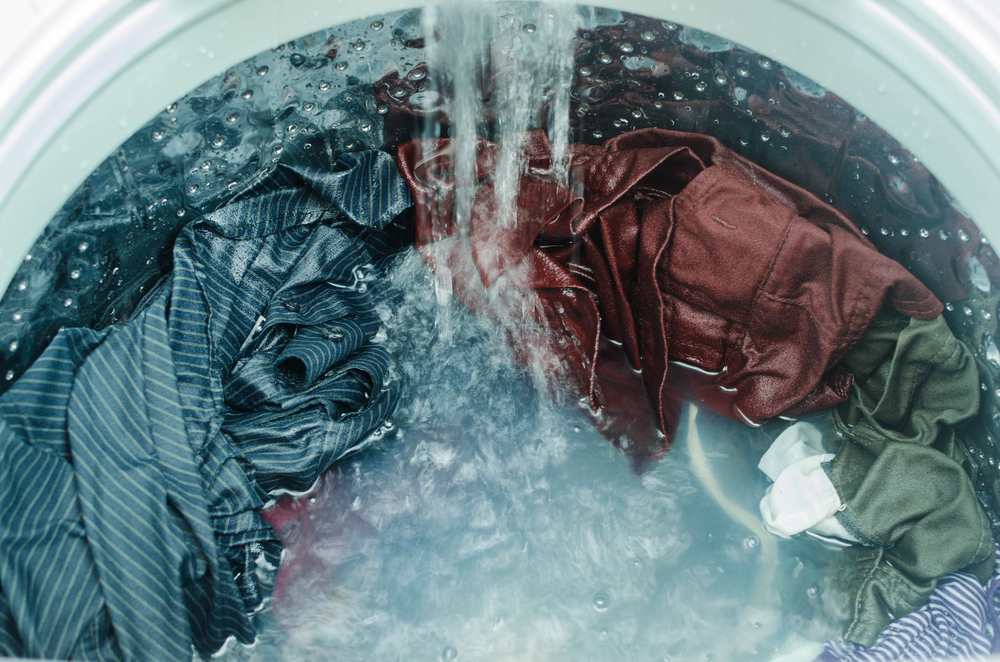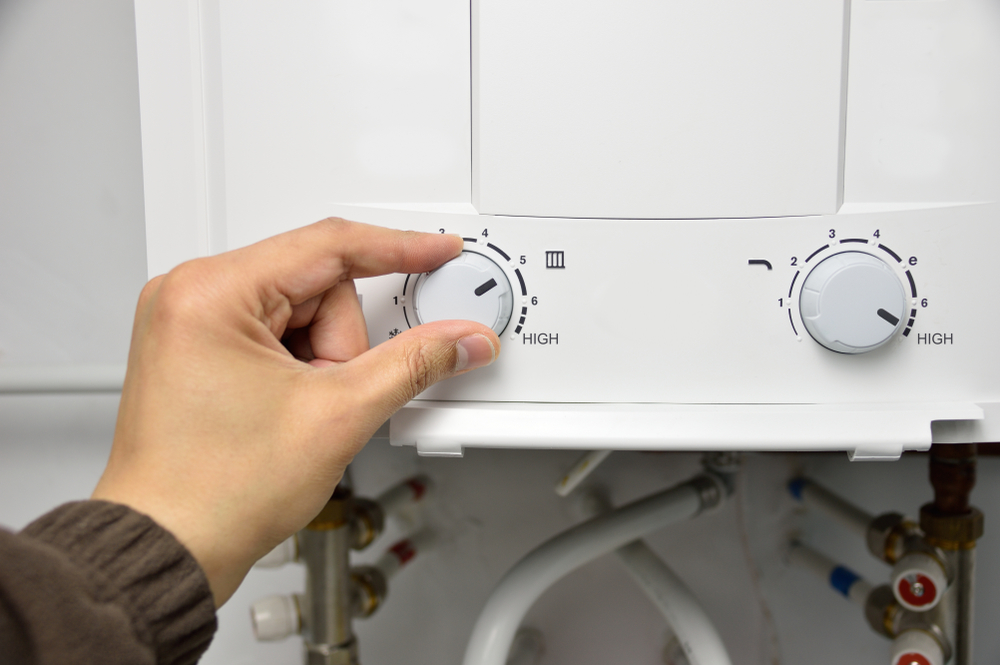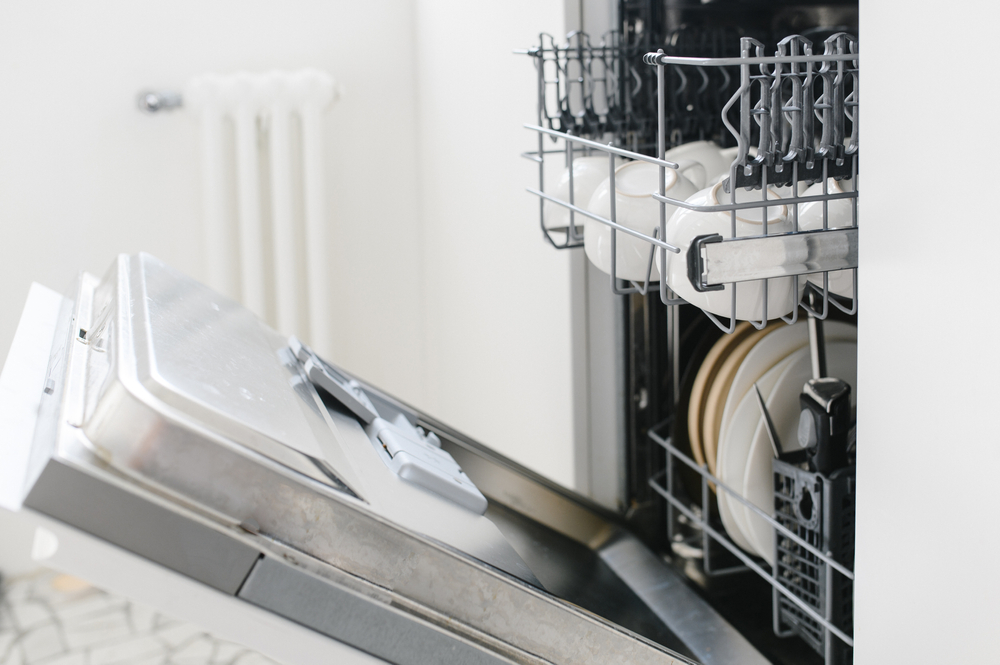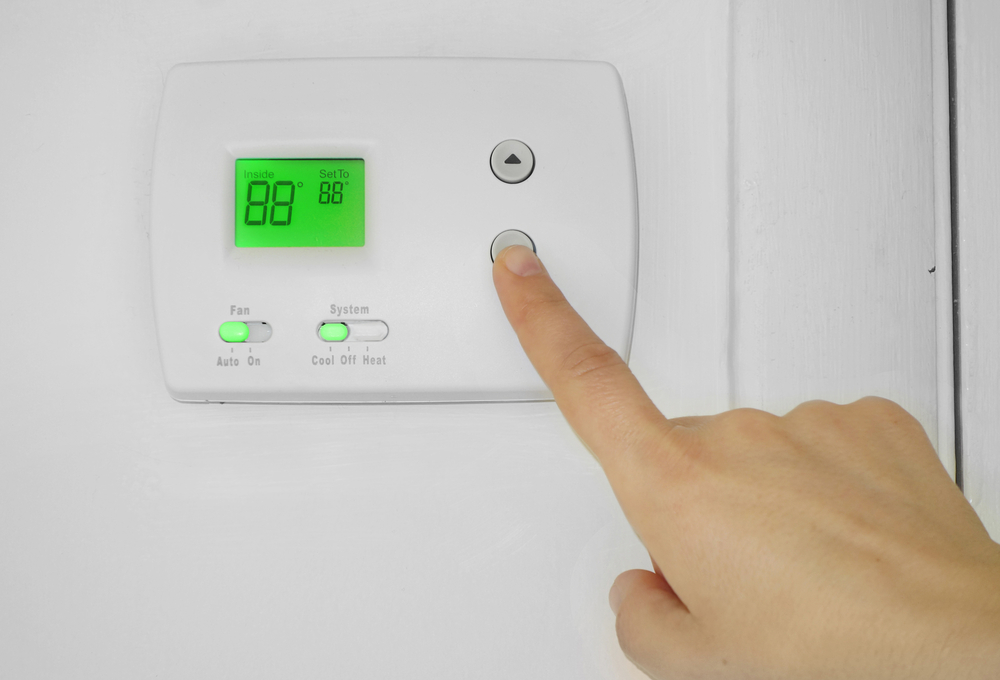Does Unplugging Appliances Save on Electricity?
Many Americans continue to work from home, and, in response to the increased time spent in the confines of home, bills for groceries and perhaps on energy costs, too, may be on the rise. Full-time office hours spent at home mean computers, gadgets, lights and appliances running at times when most would be working elsewhere, from an office whose expenses were managed by companies and not individuals.
Can homeowners lower their monthly bill by simply pulling the plug on a lamp, wifi router or even the computer? Does unplugging appliances save on electricity costs? Here’s how to explain phantom energy drains to clients.
What are Phantom Energy Drains?
If you don’t know about phantom energy drains, then you can’t explain them to a client. A phantom energy drain (aka “energy vampire”) is any appliance, gadget, light, etc. that is plugged in but not in use. Many homeowners have these drains lurking in their sockets or power strips. You might even have a few in your own home!
When something is plugged in but not in use, it is still using electricity—albeit a small amount of current. Bigger energy drains can come in the form of lights left on or HVAC units that are set at a higher or lower than recommended setting.
Inefficient use of appliances is another way to waste energy. These may be phantom drains or energy vampires in that the homeowner doesn’t recognize them as wasteful habits. One relatable example of this type of waste is forgetting to remove the clothes from the dryer and retumbling them to remove wrinkles (that second cycle is an unnecessary drain!). Washing loads of dishes or clothes that aren’t filled to capacity is another way that homeowners unknowingly waste electricity.
Saving Electricity By Unplugging Appliances: The Cost of Staying ‘Plugged In’
Electricity is measured—and billed—in kilowatts per hour. Energy waste adds up over the course of a month. To help homeowners understand energy consumption–and waste–throughout their home, let’s examine how much electricity is used by many daily household habits. You can direct homeowners to the Energy Use Calculator so that they can make their own calculations. We used this calculator for all figures, and homeowners may need to adjust calculations based on their regional electricity rate and their appliance.

Washing a Load of Laundry
Assuming homeowners use the washing machine about 45 minutes per day, the cost per day is about $0.04. This adds up to little more than $1 per month.
Drying a Load of Laundry
Drying those clothes is much more expensive than washing them! The calculator assumes a 3000 watt power use and a cost of 10 cents per kilowatt hour. The total price of an hour-long dry cycle? That would be $0.30 per day…or more than $9 per month! Tossing those clothes in for an extra 20 minutes wastes about $0.09. That doesn’t sound like much unless a homeowner is constantly restarting the cycle!

Hot Water Heater
A home’s hot water heater zaps a LOT of energy. Assuming a per day use of three hours (showers, hot water for clothes and dishes), the cost per day is $1.20. This means that the hot water heater adds more than $35 to the monthly bill. However, advising homeowners to lower the temperature of the hot water heater to 120 degrees Fahrenheit could go a long way in reducing monthly costs.

The Dishwasher
Assuming the wash cycle for a load of dishes will take about an hour in the dishwasher, homeowners will spend about $0.18 per day washing dishes. This adds $5.48 to the monthly bill. If homeowners are washing partial loads and running multiple loads per day, they could be exacerbating their monthly costs.
The Iron
Many homeowners have worried about leaving the iron on after leaving home. Not only could this be a fire hazard, but it wastes money. Ironing clothes for about 15 minutes costs about $0.03 ($0.275, to be precise!). A few pennies isn’t anything to worry about, right? If a homeowner gets distracted and leaves that iron for 30 minutes, the cost is bumped up to a nickel.

Central Air Conditioning
During the hot summer months, most homeowners take full advantage of their HVAC. However, this cool home feature also zaps serious electricity. Using the AC for only three hours each day costs a little more than $1. If the homeowner sets the temp too low, that unit could be kicking on constantly…and the electricity usage could soar. For optimum energy savings, advise homeowners to set the thermostat to 78 degrees in the summer and 68 degrees in the winter.
Electric Furnace
To stay warm in the winter, the furnace is a must. Unfortunately, electric furnace units use more electricity than the AC. For two hours of use each day, the cost to heat the home is $3.60. Again, advise homeowners to set the thermostat temp down to 68 degrees; this means that the heat will kick on less throughout the day and they may see a lower electricity bill!
What Isn’t An Electricity Drain?
Homeowners may wonder if they need to unplug everything to save money. Some small appliances and gadgets that we use everyday really don’t consume much energy…even when left in the outlet. Cell phone chargers and wi-fi routers aren’t big energy drains. Homeowners can still unplug chargers, though, when they aren’t in use. Unplugging is a good habit to ensure that energy isn’t wasted.
What about televisions? Many homeowners might have a tendency to leave a television turned on for background noise. Even if a homeowner left an LCD/LED television on for nine hours, the cost would be only $0.02. However, this habit would cost almost $10 during the course of the year—per the calculator.
In contrast, however, leaving a PC operating for nine hours would cost $0.09 per day. A laptop sucks about half as much energy as a desktop. Operating a laptop or notebook for nine hours costs a little more than a nickel.
Leaving the lights on is another assumed energy drain. However, LED bulbs use little energy; even if homeowners left the light on for eight hours each day, there would only be a minimal bump to the electricity bill (totaling less than a quarter!). During the days of incandescent bulbs, though, the energy use was more significant; burning an incandescent bulb for eight hours would cost almost $0.05 per day…or $1.46 per month.
Teach Homeowners How to Do a Home Energy Audit
Finding the source of energy drains helps homeowners understand energy use to help reduce their carbon footprint and help lower monthly bills. Home energy audits require homeowners to tour their home room by room, analyzing outlets and power strips for appliances and gadgets not in use. Homeowners also need to examine pipes for leaks and review settings on the hot water heater and HVAC.
Homeowners can simplify their audit by downloading Benefyd to help them find sources of energy waste, find rebates and understand other ways to lower their energy usage. Benefyd will prompt homeowners to take a photo of each room (a home ‘selfie’). The app will showcase areas of concern in each part of the home. Homeowners can then take steps to fix these drains.
Saving money and energy isn’t as simple as unplugging devices and gadgets, instead homeowners need to understand how their choices and habits also affect their energy bills and their energy usage. Restarting the dry cycle for clothes that weren’t removed promptly adds to energy use. Even washing partial loads of clothes and dishes boosts the bill at the end of the month.
One of the simplest ways that homeowners can lower their energy use and their electricity bill is by looking at the temperature on their thermostat settings; again, the optimum temperature for the home is 68 degrees in the winter, and 78 degrees in the summer. Turning the hot water heater to 120 degrees also can reduce energy costs. By educating homeowners about the costs associated with their daily habits, they can make better choices related to energy use…and energy conservation.


